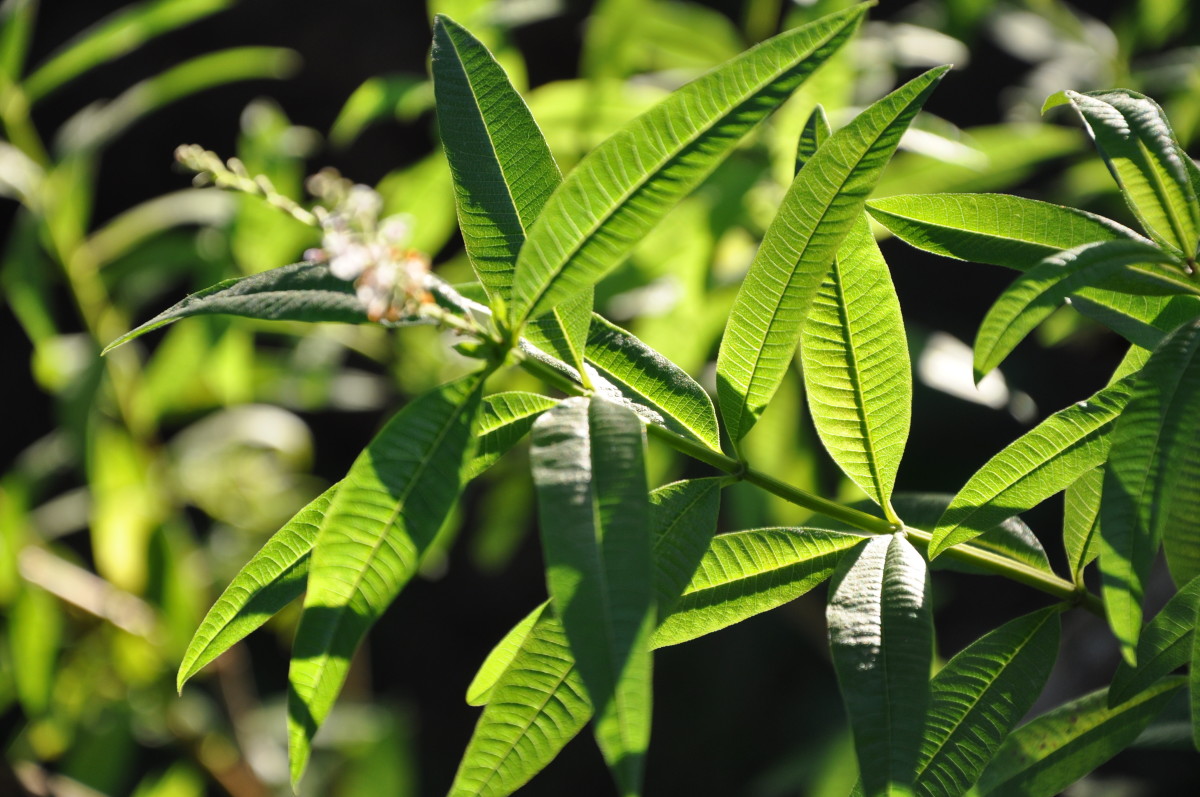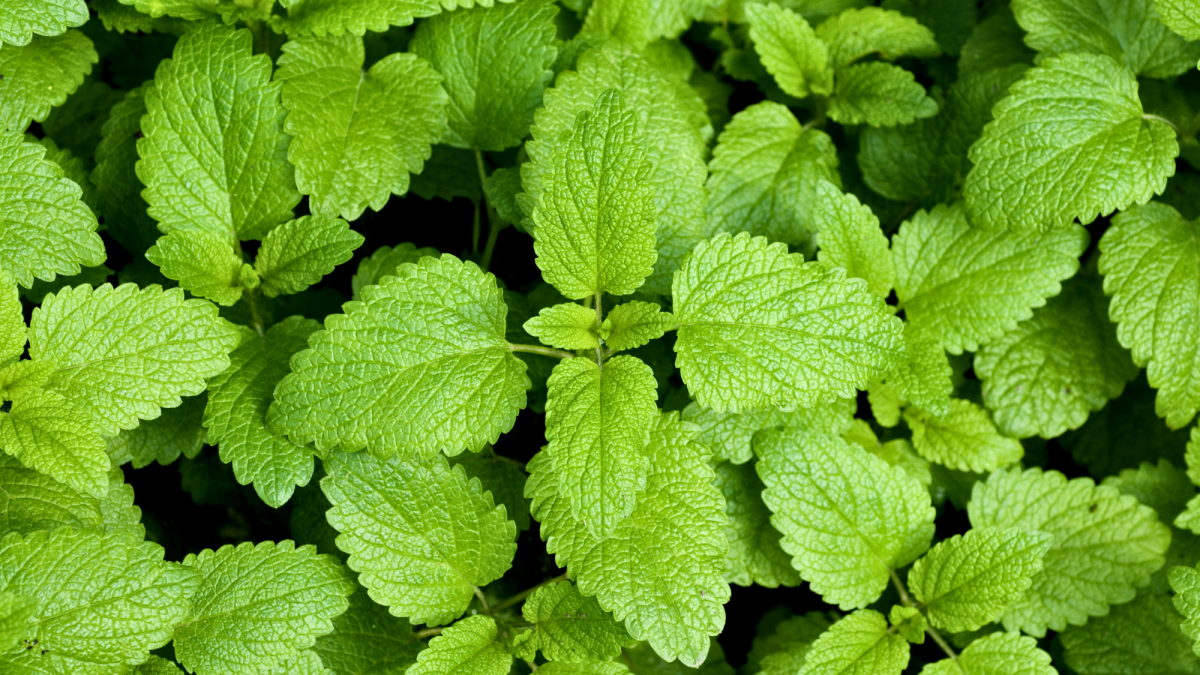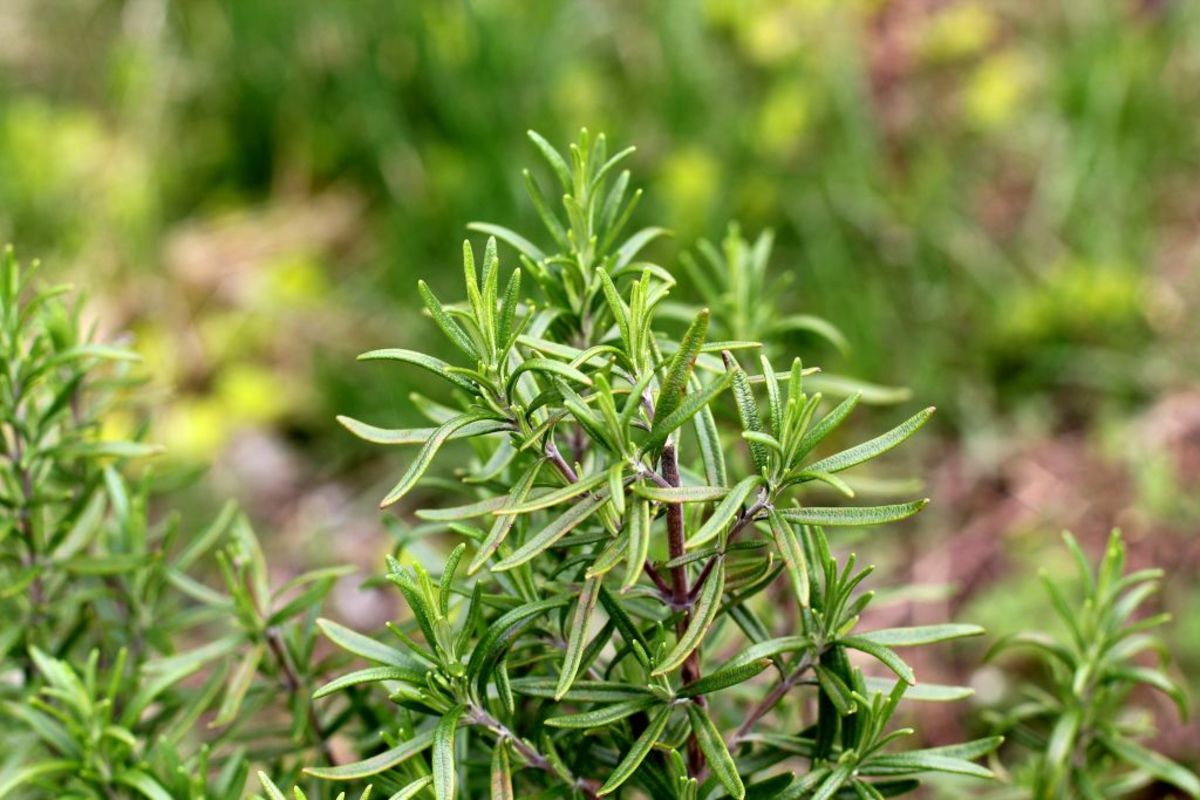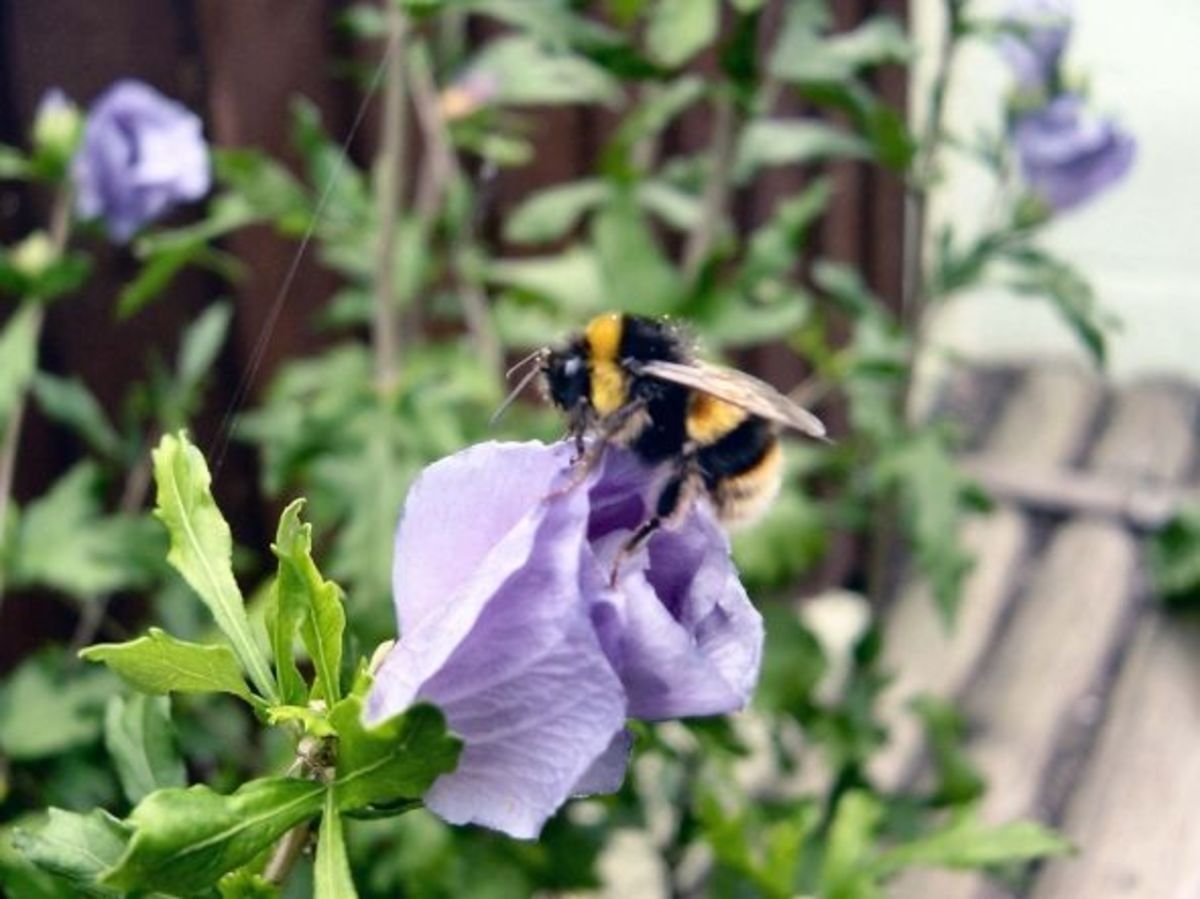Growing and Using Lemon Balm and Other Lemon Herbs
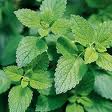
When I moved into my current home a few years ago in August, there was a large planter on our rear patio. It was filled to the brim with a vibrantly green and hearty leafy plant, which seemed to be trying to climb over the sides of the pot in an attempt to lay roots down on the concrete patio. Intrigued by the glowing health and overtly ambitious nature of this plant, I reached down to rub a leaf, releasing its scent onto my fingers. Expecting a type of mint, I inhaled instead the surprising scent of citrus. Ever since that warm midsummer afternoon, I have cultivated lemon herbs of many varieties in my humble backyard, finding every day new delights of these intoxicating herbs. Lemon herbs are lauded not only for their scent, but also as culinary herbs, for use in teas, even in medicinal preparations. I will share with you some of the most popular lemon-scented herbs that can be grown, their requirements, and some of their many joys.
Lemon Balm (Melissa officinalis)
That August day, I made my first acquaintance with a lemon herb, which turned out to be lemon balm. Now, in addition to that original planter, I cultivate lemon balm herbs in three more containers. The plants are hardy, and while they produce very few (if any) leaves over the winter, they come springing back the minute the weather glows with a bit of warmth. This herb is especially well-suited to container gardening, as it is a member of the mint family, and as such, does have a tendency to spread. It can grow in poor to average soil, and can tolerate partial shade or full sun, as long as the heat is not too intense. It can be propagated from seed, from stem cuttings or from division of mature plants. In the kitchen, lemon balm is best used fresh; drying it causes it to take on a rather powdery, stale flavor. My favorite culinary applications for lemon balm are simple: it makes superb tea, can be added chopped (in moderately small amounts) to a fruit salad or lemonade, or be used to impart subtle flavor to a dressing or marinade. Most of the lemon balm we grow at our house finds its way into sun tea, a modest but exhilarating use of this lovely herb. We simply place a couple handfuls of the herb in a large, clear glass jar, attach its lid, and leave in bright sun for approximately six hours. At that point, we either refrigerate the tea, or if it is strong enough, pour it over ice to enjoy immediately. In health applications, lemon balm is believed to be helpful in fighting viral infections, including fighting fever brought on by flu, and is useful for alleviating some symptoms of chronic fatigue syndrome.
Lemon Thyme (Thymus citriodorus)
Lemon thyme was the second lemon-scented herb that I was able to find in my local nursery. Thyme generally is very easy to grow, has many uses in cooking, and is one of the most versatile dried herbs, so the lemon variety is a great addition to any herb garden. Lemon thyme is also a perennial, so if you plant it once, it will benefit you for years to come. There are multiple varieties of lemon thyme, including creeping and mounding varieties, and those with lavender or white flowers; choose the plant that best fits your space and preferences. Lemon thyme can be grown from seed, or ask around to see if your neighbors have any cuttings to share. It grows best in drier soil, or at least soil with adequate drainage, and it thrives in full sun. Lemon thyme is the citrus scented herb I use most frequently in my kitchen. I dry a crop early in the summer, then wait for it to regenerate for fall. The dried lemon thyme leaves are absolutely my favorite seasoning when roasting a chicken, but they also find their way into many of my salad dressings, and into brothy fish or chicken-based soups. Lemon thyme, as other thymes, is thought to have a strong immune boosting function, and some studies have shown that it may have an anti-coagulant (blood thinning) effect when used in large enough doses. In any case, if you put lemon thyme in your chicken soup, the soup will be much better equipped to help you get through even your worst winter cold with equanimity.
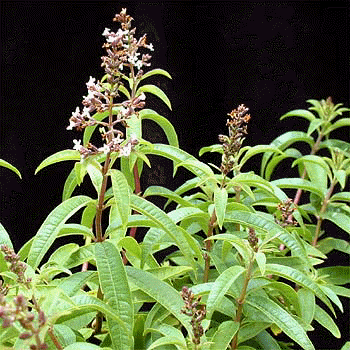
Lemon Verbena (Aloysia triphylla)
Lemon Verbena has a very pronounced lemon flavor and aroma. It can grow as a perennial in warmer climates, but will not survive severe frost in harsh winter climates. Lemon verbena is a shrub, not a creeping plant like the two previously mentioned herbs, and it can grow to a height of about six feet in its ideal tropical habitat. The plant itself is fragrant, and its flavor is quite forceful, so be conservative when using it in your cooking. Lemon verbena makes an ideal addition to lemonade, makes a tasty tea, and can be used in a variety of desserts. There are several excellent recipes for lemon verbena ice creams, including one in Dave Lebowitz’s book, “The Perfect Scoop”, but it also makes a tasty, tart sorbet. I adore the flavor of lemon verbena when a few leaves are steeped gently with some ripe strawberries and a touch of honey. But perhaps my favorite use of lemon verbena leaves is to dry them, tie them in bundles or wrap them in netting, and to use them to scent a warm bath, which is lemon aromatherapy of the most enjoyable kind. Bring a dish of that lemon verbena ice cream into the tub with you, and you might just catch a glimpse of heaven.
Lemon Basil (Ocimum basilicum)
Since I am an avid Italian cook, basil is a well-loved staple in my annual herb garden. The lemon flavored variety adds even more flavor to certain dishes, and I enjoy having it growing fresh in my kitchen garden. Like any type of basil, it needs fairly well-nourished soil, good drainage, and full sun. It will not tolerate frost, and will go to seed unless you keep the flowers that grow at the tips snipped off throughout the growing season. Lemon basil can be grown from seed outside, as long as you wait until any danger of cold nights has passed. This herb can be used in cooking as you would use any other basil; for example, it makes delicious pesto with a subtle lemony flavor and is fantastic in salad dressing. I particularly enjoy it chopped as a last minute addition to a simple linguine aglio e olio, or to add special nuance to shrimp scampi. Lemon basil can also be used in your beauty and bathing rituals. It is a natural breath freshener, and can be used in the same ways as lemon balm and lemon verbena, steeped in bath water or as an addition to massage oils.
Spicy Tart Soup with Lemongrass Essence
Ingredients:
8 cups chicken stock (preferably homemade)
6 stalks lemon grass
4 Tbsp. fish sauce (available in Asian markets)
1/3 cup fresh lime juice
3 Tbsp. chopped scallions (plus more for garnish)
2 Tbsp. chopped fresh cilantro (plus more for garnish)
4 small red chili peppers, seeded and chopped
Optional suggested additions: Cooked medium shrimp, straw mushrooms, bean sprouts, water chestnuts… or anything you would like to add!
Preparation:
Crush the lemon grass stalks with a meat mallet or small hammer. Add it to the stock in a medium stockpot. Heat just to a boil, then reduce heat to a low simmer until the lemon grass loses its color and becomes fragrant (probably around ten minutes). Strain the stock and discard the lemon grass. Return to a simmer, then add the fish sauce, lime juice, 3 Tbsp. scallions, 2 Tbsp. cilantro, and chili peppers. Add salt to taste. Simmer just until fragrant, then add suggested additions of your choice. This soup is best with the added shrimp and straw mushrooms, but your imagination is the limit. Garnish with additional scallions and cilantro, perhaps a few bean sprouts for crunch, and even a bit of shredded lemon basil if you have some handy in your garden.
Lemongrass (Cymbopogon flexuosus)
Lemongrass has rather different properties than the aforementioned herbs. Its appearance is a departure from the leafy profiles of the other lemon herbs; it is a tall, dense grass, which can reach two to three feet in height. It can grow as a perennial in the warmest zones, but will need to overwinter indoors in colder climates. Lemongrass prefers moist and rich but well-drained soil, and will grow best in full sun. Its flavor is better suited to Asian cooking than the predominantly Mediterranean applications of the other lemon herbs. The core of the lower part of each stem is the most useful part of the plant for culinary use; you will find lemongrass widely available in Asian supermarkets, since it is a staple in Vietnamese and Thai cuisines. You can use it in a marinade to give it a unique Asian flavor, in soups, with meat, and even in ice cream. Lemongrass gives a wonderful flavor to soup, imparting a tart-sweet taste that is difficult to replicate. Lemongrass also has almost miraculous medicinal uses. It is a superb topical anti-bacterial and anti-fungal agent, which can be helpful in treating skin conditions of all types. As a relative of citronella, it also has natural insect-repellent abilities.
Lemon herbs lend themselves to so many wondrous experiences, both in the kitchen and out, that cultivating them is a pure joy. Try sowing a few lemon balm seeds in a pot in a sunny window, but beware: not only will lemon balm plants creep tenaciously in your garden, they will also creep their way right into your heart until your garden is filled to the brim with their leaves and those of their lemony cousins.
Where to Buy Lemon Herb Seeds
- Richters Herbs - Medicinal, Culinary, Aromatic - Plants & Seeds
1000 varieties of culinary, medicinal and aromatic herbs. Plants, seeds, dried herbs, books, videos, software, seminars, workshops, conferences. For home gardeners and commercial growers. Shipped worldwide. - Edible Landscaping Online
Lemon trees and herbs



